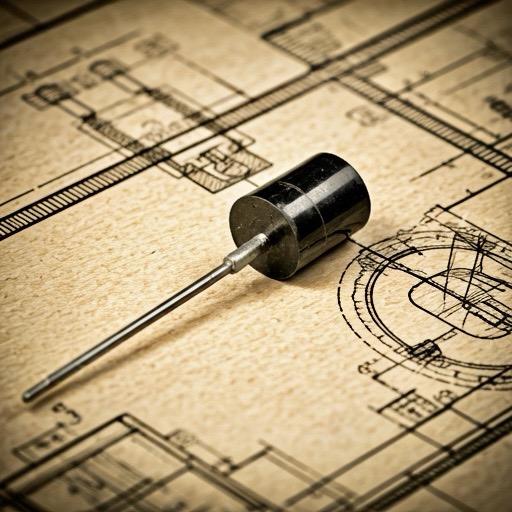Introduction
Diodes are essential components in electronic circuits, used for controlling the flow of current. This guide will explain their functions, types, and applications, helping you understand how they fit into your designs.
What is a Diode?
A diode is a semiconductor device that allows current to flow in one direction only, making it ideal for rectification, voltage regulation, and signal modulation. Diodes are the building blocks of countless electronic devices.
How Diodes Work
Diodes have a p-n junction that permits current to flow when forward-biased (positive voltage at the anode and negative at the cathode). They block current in reverse-biased conditions, making them perfect for controlling electrical flow.
Types of Diodes
- Rectifier Diodes: Used in power supplies to convert AC to DC.
- Zener Diodes: Operate in reverse bias to provide voltage regulation.
- Light Emitting Diodes (LEDs): Emit light when forward-biased.
- Schottky Diodes: Provide low forward voltage drop, ideal for fast switching applications.
- Photodiodes: Generate current when exposed to light, commonly used in sensors.
Applications
- Rectification: Used in AC to DC converters.
- Voltage Regulation: Zener diodes stabilize voltage levels.
- Signal Modulation: Diodes shape and manipulate electronic signals.
- Protection: Diodes prevent reverse current in sensitive circuits.
Example Circuit
In a power supply, a rectifier diode ensures current flows only in one direction, converting AC input into DC output. A Zener diode may then regulate the voltage to protect sensitive components.
Conclusion
Understanding diodes and their functionalities allows you to design efficient and reliable circuits. Explore their various types and applications to enhance your electronic projects.
